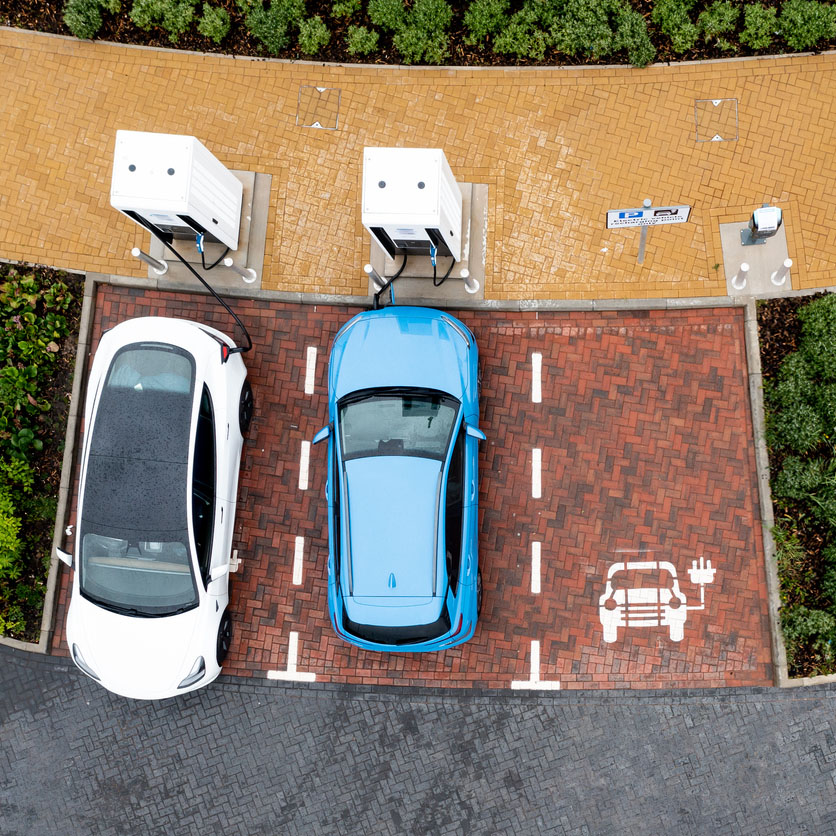Data-based commerce ecosystems are springing up across the world of business. Their growth is driven by the need of businesses to meet the growing desire among customers for relevant, tailored marketing communications, delivered in a way that respects the privacy of their data. And the key feature that defines these ecosystems is that they aim to be genuinely collaborative, rather than simply transactional.
The automotive sector is no different. Most of the players in the new ecosystem are looking to share data with each other in ways that deliver mutual benefit. But doing so means new ways of thinking, about how the company works internally as well as with its partners. It requires new structures, new skills, and a new culture. And it calls for a new approach to marketing and how it’s measured.
Fundamental change is needed
There are six fundamental changes that automotive OEMs need to make to thrive in this new environment;
- Think differently about customer engagement – The huge disruption happening in terms of connected cars and mobile apps controlling the car is creating new opportunities for OEMs to build and maintain relationships with prospects and customers. OEMs need to think differently about how they engage the customer during the consideration phase, and also throughout ownership.
- Embrace collaboration with new players – With the move to electric vehicles (EV), auto OEMs have exciting opportunities to collaborate through data with new entrants. These include utility companies and home-charging infrastructure providers who get early sight of buyers’ intent to switch from petrol cars. The old paradigms of car purchase are being turned on their head, which in turn means more data exists prior to purchase as people transition to EV.
- Think about choosing new KPIs – Traditionally, car marketing was measured on brochure downloads, test drives, dealer visits and purchase. Nowadays it’s the number of car configurations initiated and how far through configuration potential purchasers get that are measures of readiness to buy.
- Test. Learn. Repeat – Automotive as an industry has historically been slow to change, but with significant disruption and innovative new players ripping up the rules, OEMs need to become more agile. Many are embarking on digital transformation programmes, but the key is time-to-value. For example, many OEMs are exploring the potential of clean rooms for data collaboration, and for how they play into cloud migration and strategy, but these are long-term projects. At the same time they should be experimenting with simple out-of-the-box tests with partners. At LiveRamp we work with comparison site Carwow, using their data about the cars people configure to inform the communications strategies of auto clients.
- Make best use of your data… – At a time when all the talk is of breaking down silos, the proliferation of data sources is creating new ones. These include connected car data, app data and partner data. It’s key for OEMs to unify data from these sources – along with all the rest of their data – and make it usable by the business to power use cases that deliver ROI.
- … And of your data scientists – Automate as many mundane data tasks as possible, so that your data experts can concentrate on delivering real value. Do you have the data science resource you need? Being able to hire and retain talent in this area is going to be one of the key ways to establish a competitive area in the future. More innovative agencies are building specific capabilities around precision audiences, and they can help train internal teams.
The bottom line is that the successful OEMs of the future will be those that understand their customers best, recognise changes in their needs quickest, and deliver the products and services to meet these new needs soonest, and at scale.
The only way to do that is through data. And the only way to secure that data is through collaboration at every step of the customer journey.



